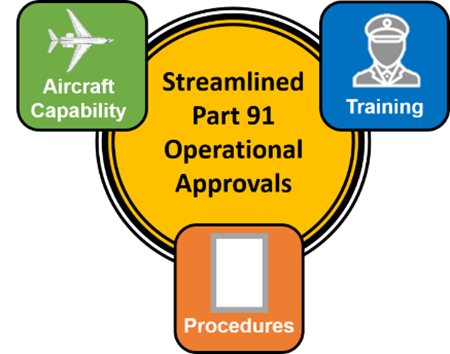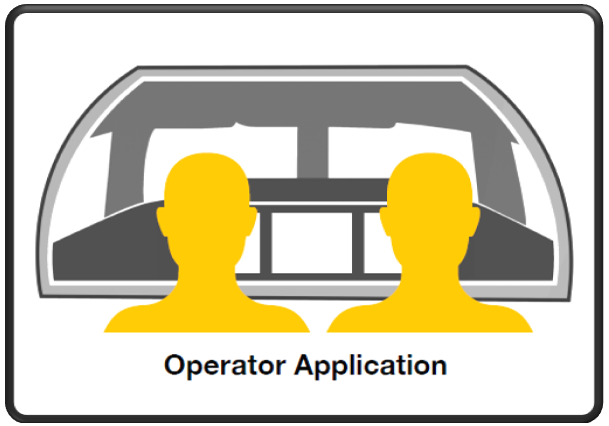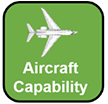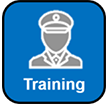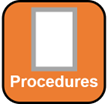Tuesday, July 22, 2025
Federal Aviation Administration
Aviation Safety
Office of Aerospace Medicine
Drug Abatement Division (Washington, DC)
Phone: 202-267-8442
FAX: 202-267-5200
drugabatement@faa.gov
General weekday office hours: 8:00 a.m. to 5:00 p.m.
Nancy Rodriguez Brown
Director, Drug Abatement Division
Heath Hohensee (Acting)
Deputy Director, Drug Abatement Division
Mark Adams (Acting)
Manager, Program Administration Branch
Julia Brady
Manager, Program Policy Branch
Lacey Jones
Manager, Special Investigations Branch
Chet Stevenson
Manager, Central Compliance and Enforcement Center (Ft. Worth, TX)
Phone: 817-222-5340
Fax: 202-267-5200 or 817-222-4427
Asher Levy
Manager, Western Compliance and Enforcement Center (El Segundo, CA)
Phone: 424-405-7717 or 424-844-7091
Fax: 202-267-5200 or 424-405-7736
Jerome LeBlanc
Manager, Eastern Compliance & Enforcement Center (Miramar, FL)
Phone: 954-641-6251
Fax: 202-267-5200 or 954-641-6260

